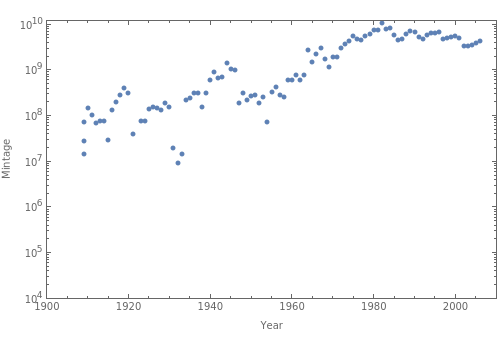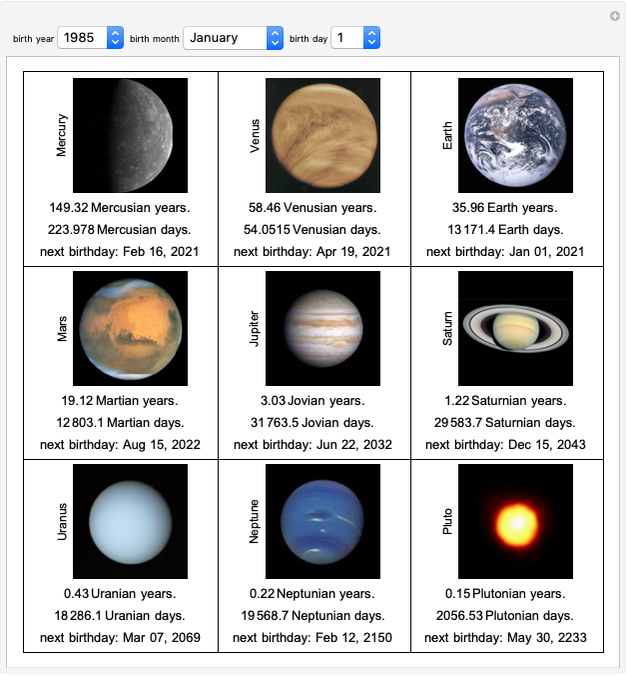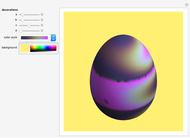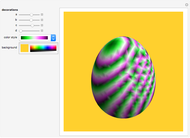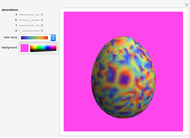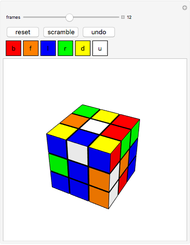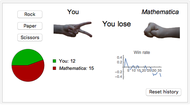How Rare Is that U.S. Coin?

Requires a Wolfram Notebook System
Interact on desktop, mobile and cloud with the free Wolfram Player or other Wolfram Language products.
The value of a coin depends upon its rarity, which usually depends on the mintage (number of coins minted), shown in the plot. Exceptions exist: the 1927-D Double Eagle gold piece had a mintage of 180,000, but only 14 survived. Rare mint marks "O" (New Orleans, 1909 dime and quarter) and "W" (West Point, 1996 dime) are not included here. Prior to 1980, except for 1942-1945 nickels, the Philadelphia mint did not use the "P" mintmark. After 1974, all coins produced by the San Francisco mint ("S") have only been for proof sets. The "D" coins are from the Denver mint.
[more]
Contributed by: Ed Pegg Jr (March 2011)
Open content licensed under CC BY-NC-SA
Snapshots
Details
detailSectionParagraphPermanent Citation
"How Rare Is that U.S. Coin?"
http://demonstrations.wolfram.com/HowRareIsThatUSCoin/
Wolfram Demonstrations Project
Published: March 7 2011
